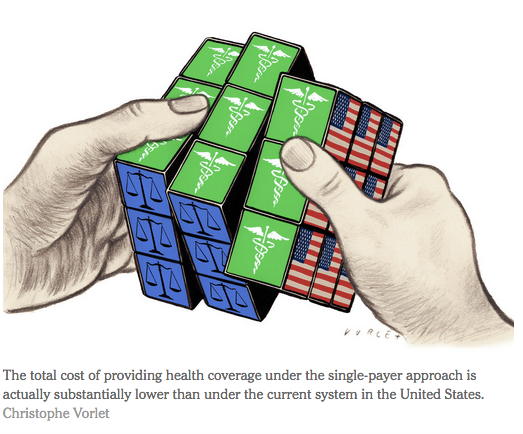Total costs are lower under single-payer systems for several reasons. One is that administrative costs average only about 2 percent of total expenses under a single-payer program like Medicare, less than one-sixth the corresponding percentage for many private insurers. Single-payer systems also spend virtually nothing on competitive advertising, which can account for more than 15 percent of total expenses for private insurers.
The most important source of cost savings under single-payer is that large government entities are able to negotiate much more favorable terms with service providers. In 2012, for example, the average cost of coronary bypass surgery was more than $73,000 in the United States but less than $23,000 in France.
Despite this evidence, respected commentators continue to cite costs as a reason to doubt that single-payer can succeed in the United States. A recent Washington Post editorial, for example, ominously predicted that budget realities would dampen enthusiasm for single-payer, noting that the per capita expenditures under existing single-payer programs in the United States were much higher than those in other countries.




